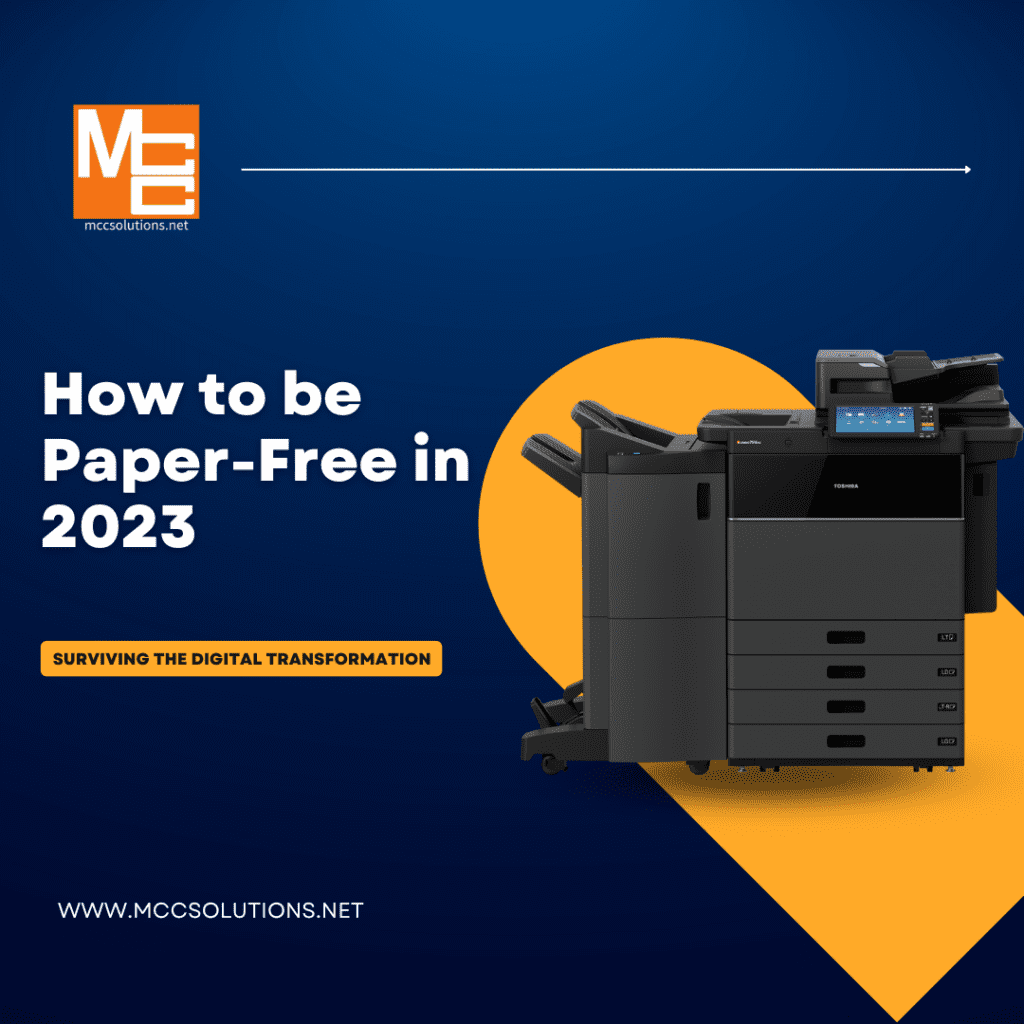How to be Business Paper-Free in 2023

Welcome to the digital era, a time of significant transformation, specifically in the business landscape. The advent of this age is paving the way towards a paperless office – a change that holds profound implications for businesses, particularly smaller ones. As we increasingly shift our activities to the digital sphere, the reliance on paper documents […]
How to Maximize Your ROI on Document Management Services

Though document management sounds like a complicated process reserved for large corporations, it’s something that every business – of every size – does every day. In fact, your office is doing it right now as we speak. Simply put, document management is the printing, copying, and filing you do daily; it’s how you interact with […]

